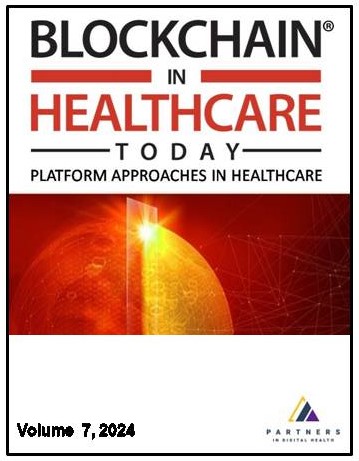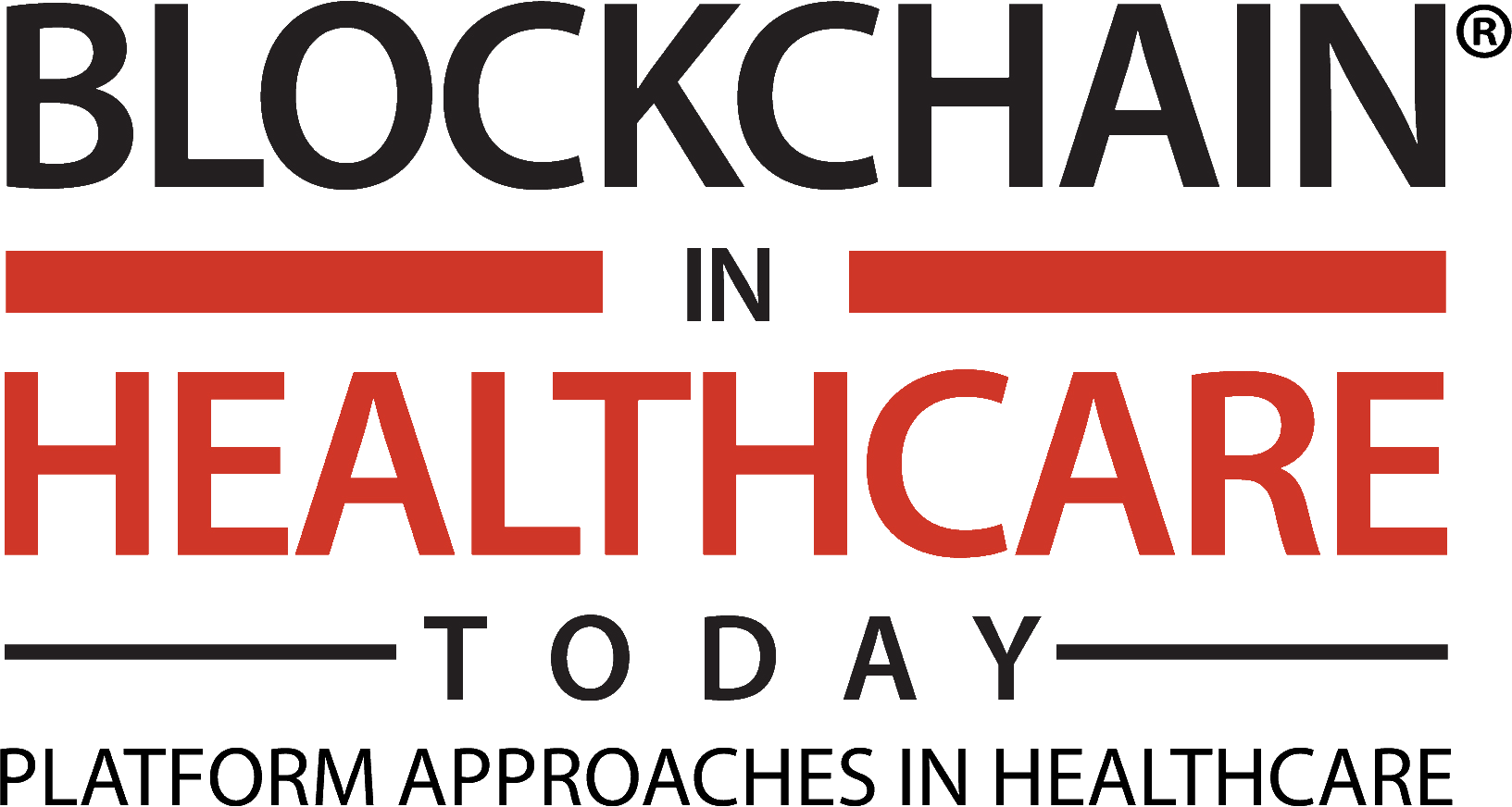
Additional files
More articles from Volume 1, Issue 1, 2018
Welcome and Introduction
Keynote Address: Transformational Technologies in Healthcare - All Aboard!
The Decentralization Zeitgeist: Can the Revolution be Real?
Block-Education: Applying a “Fit-for-Purpose” Framework to Advance Health Blockchain Education
What's Next for Blockchain?
Article views
Acquisitions Facilitation via Blockchain Technology
U.S. Department of Health and Human Services (HHS)
Sapient Consulting
Published: 29.11.2018.
Volume 1, Issue 1 (2018)
Abstract
Session Description: ACCELERATE is a transformative program in support of HHS ReImagine Acquisition. It is designed to empower the workforce in a decentralized manner and create a flexible capability for HHS to change and implement policy. Accelerate addresses the acquisition workforce process challenges, and improve the value derived from HHS expenditure on acquisition support systems. It is architected to combine the power of four proven emerging technologies to address these fundamental challenges, and to provide a transformational enhancement to HHS Acquisition capabilities. This program also helps align HHS with the President’s Management Agenda, the Modernizing Government Technology Act and the DATA Act.
The core of this solution is a blockchain based data layer. This data layer utilizes data from all core HHS acquisition systems, and other external sources of acquisition data (e.g., SAM). Machine Learning is used to cleanse this data for use by artificial intelligence based algorithms. These algorithms are used to extract insight from the large volumes of data. Robotic process automation is then used to power dramatic improvement in acquisition workflow and processes by eliminating repetitive tasks currently performed by the acquisition workforce. The approach to this program minimizes business and technology risk: an agile framework is utilized to ensure flexibility; human centered design techniques provide full alignment with the OpDivs; microservices are the basis of capability delivery; existing acquisitions systems remain operational while new capability is rolled out.
Citation
Copyright
This is an open access article distributed under the Creative Commons Attribution License which permits unrestricted use, distribution, and reproduction in any medium, provided the original work is properly cited.
Article metrics
The statements, opinions and data contained in the journal are solely those of the individual authors and contributors and not of the publisher and the editor(s). We stay neutral with regard to jurisdictional claims in published maps and institutional affiliations.

